Dealing with Problems
Keep The Peace
Restore Balance to Your Community Habitat
When we disrupt habitat and the natural balance of an ecosystem, the inevitable result is a clash between humans and wildlife. Many species have quietly disappeared in the face of continuous human development. Meanwhile, other creatures have flourished in environmentally blighted cities and towns.
Eighty per cent of us live in urban areas where problem animals, such as raccoons, rats, pigeons, skunks, and squirrels, also reside in abundance. The fact is that living in harmony with nature means not only attracting wildlife but also repelling certain species from our backyards and communities. In the past, we’ve been too quick to poison, trap, or shoot so-called pests. In fact, these creatures simply do what comes naturally to them — pursuing their basic needs for food, water, and shelter. Although poisoning them may offer a short-term solution, we now realize that such drastic measures are extremely harmful to our planet and, consequently, to our quality of life.
It makes a lot more sense to find creative, non-toxic ways to handle such problems. This chapter offers us advice on how to live in harmony with a variety of not-so-popular species. It also reminds us that, when planning wildlife habitat, we should make sure we’re not setting our projects up for failure. (Building an amphibian pool in an area overrun with raccoons is just one example of a recipe for disaster.)
When dealing with problem wildlife, always remember to avoid handling or cornering any animal. Rabies is a genuine threat in rats, skunks, raccoons, and other mammals. When all else fails, seek advice from your local wildlife agency, municipality, or provincial ministry of natural resources.
***
Repel Rascally Raccoons
Raccoons are very comfortable living near people. In Ontario cities, there are usually eight to 16 of these mammals per square kilometre. In some areas, that number can be as high as 85! In rural districts, the population density ranges from four to 20 per square kilometre.
Cute and pesky, raccoons sometimes make their dens in houses, cottages, garages,
and sheds. Occasionally, they can cause serious property damage. It’s always wise to keep a safe distance from any wild animal, but now the risk of raccoon rabies in Southern Ontario makes it especially important.
If you have raccoons around that are making a nuisance of themselves, or if you live where raccoon rabies is a threat, here’s a check-list to manage the problem effectively:
- Cover up possible entrances, such as uncapped chimneys and openings in attics, roofs, and eaves. Sprinkle flour around suspected entrances and look for footprints later to see where raccoons are getting in. Stuff rags or paper in suspect holes, then check if they’re removed.
- Be sure all raccoons and other animals have left before sealing up any holes — especially between May and July, when young are being raised.
- Block entrances with sheet metal or place heavy rustproof screening over air vents and chimneys.
- Use a strong bungee cord or heavy weight to keep lids secure on composters and garbage cans.
- Dispose of garbage as frequently as possible.
- Hang ammonia-soaked cotton rags near den entrances.
- Trim tree branches or modify other structures that animals might use to get to the roof.
- Install a motion sensor light in an area where raccoons appear frequently. Such devices are reasonably priced and provide a far more effective deterrent than lights left burning all night long.
***
Come to Terms With Squirrels
Grey or black squirrels are a common sight in urban and suburban communities. These sprightly rodents can drive home-owners to distraction when they scamper around in attics or hog all the food from bird feeders.
Here are a few ways to deal with squirrels effectively without excluding them from your
community habitat:
- Give squirrels a home of their own:Grey squirrels nest in hollow trees or bulky nests of leaves and twigs placed in the crotches of tall trees. Where accommodations are scarce, a good way to keep squirrels from nesting in your attic is to give them their own living quarters. You’ll be surprised at how readily they adapt to living in nesting boxes.
- One or two nesting boxes are enough for an urban project site. For best results, build a modified version of the design provided in Construct and Maintain Nesting Boxes.
- Make a 7.5-cm entrance hole on the side — 10 cm from the top and 6 cm from the back edge.
- Drill ventilation holes in the side opposite the entrance.
- Half fill the box with dry leaves or shredded newspapers to make it more enticing.
- These boxes are most heavily used in the winter, so set them out in the fall.
- The nesting box should be placed in a tree 6 to 9 m above the ground. The entrance hole should face either south or east to be downwind from prevailing winter winds.
- There’s no need to clean the nesting box since the squirrels will use it year-round and are reliable housekeepers. Just check on a regular basis that the structure is mounted securely and in good repair.
- Protect Feeders: As raiders of bird feeders, squirrels are inventive, acrobatic, and persistent. However, a couple of tricks work well to discourage them from helping themselves. Eight to 10 cm of aluminium flashing fastened around the bottom of the feeder should stop squirrels in their tracks. Commercial barriers are sold in many hardware or nature stores. They fit over hanging feeders to stop squirrels approaching from above or under pole-supported feeders to foil forays from below.
- Baffles: "Tumblers" will stop these acrobatic rodents from tightrope walking across wires to reach feeders. You can make them out of short lengths of plastic pipe fitted over the wires. Or use plastic film cartridges — the tubes will spin whenever squirrels try to cross them!
***
Get Rid of Rats
One of the most common and troublesome rodents is the Norway rat (Rattus norvegicus). This alarmingly adaptable species is found worldwide in basements, sewers, dumps, and buildings of all kinds. It dives and swims well and is at home in cities, towns, and villages.
In residential areas, this species is attracted to garbage cans, compost heaps, pet dishes, and bird feeders. If rats are running you ragged, try the following tips to drive them away from your property:
- Cleaning up even a small area can do the trick since rats generally stay close to home. Clear away piles of junk, lumber, or other objects that may conceal burrows.
- Make sure your garbage cans and compost bins have tight-fitting lids.
- Choose a bird feeder with a lip around it to reduce the spillage of seeds on the ground.
- If you feed your pets outside, pick up their dishes as soon as they’ve finished eating.
- Plant daffodils, hyacinths, and scilla — rats and mice don’t like the smell of these flowers.
- When using live traps, release the animals into the wild or a large urban forest. Use snap traps only when all other methods fail. To prevent pets or children from being injured, place the traps in coffee cans or other small containers.
- Tell your neighbours you’re having a problem. Ask if they’ll co-operate by rodent proofing their yards as well.
***
Banish Unwanted Weeds and Bugs
Make your community habitat a healthier place or wildlife. Use safe alternatives to chemical pesticides.
Pull unwelcome weeds like dandelions and thistles instead of blasting them — and other wildlife — with chemical herbicide. You’ll find excellent books about natural pest control alternatives at most libraries.
- Simply pick off infested leaves by hand to help control pests like birch leaf miners and leaf rollers.
- In late fall or early spring, prune off branches containing the greyish egg bands of tent caterpillars. Scrape egg bands off limbs too large to prune. If they’ve already hatched, pick off the larvae when they gather in their nests at night or on cool days.
- Blast insects out of trees and shrubs with a garden hose. This method works especially well on aphids, spider mites, and pear and cherry slugworms.
- Plant marigolds, garlic, chrysanthemums, chives, onions, basil, savoury, or mint amongst other garden plants. Their natural odours and root secretions smell revolting to some insects.
- Attract hungry insectivores, such as bats, warblers, and predatory insects, with the help of the planting and building projects outlined in this guide.
- Brew your own insect control by mixing 100 ml of crushed hot peppers with 400 ml of water. Strain the concoction and spray it on affected plants. Note that hot peppers can burn skin and eyes.
- Don’t forget, nature often provides its own pest control in the form of birds and insects that devour the species we consider nuisances.
- Know a friend from a foe. For instance, the ladybird beetle larva looks threatening but is an important ally with a voracious appetite for aphids.
***
Subdue Snails ad Slugs
Almost all tender young plants are favoured by slugs and snails. They can easily destroy entire plantings, leaving behind a wake of ragged and chewed foliage.
Here are some practical solutions to snail and slug infestations in your community habitat:
- Place flat boards near your plants. The slimy critters will hide under them to avoid sunlight. Then you can simply lift up the boards and move the slugs to a new residence. Or place hollow, upside-down grapefruit or orange halves in a likely spot in the evening. Next morning, collect the slugs and snails hiding underneath.
- Don’t lay down mulch until plants are well established, or until the temperature is over 21 C, to avoid attracting snails and slugs.
- Spread powdered ginger around plants. Slugs and snails won’t cross over it.
- Remember that slugs are a toad’s idea of a great midnight snack. See Accommodate Amphibians [link to Accommodate Amphibians] for ideas on how to attract toads to your community habitat.
- Make a tantalizing trap by mixing about 500 mg of brown sugar with a half package of dry yeast in a large plastic jug. Fill the jug with warm water and let it ferment uncovered for a day or two. Pour 2 or 3 cm of this concoction into a shallow dish (pie tins or empty tuna-fish tins work well). In a shaded spot, place the dish in soil so the rim is at ground level. Every few days, empty out the drowned slugs and refill the trap. This method should be used only as a last resort. Other beneficial creatures, such as centipedes, may be drowned along with snails and slugs.
***
Give First Aid to Insect-infested Trees
Every year, we lose millions of hectares of trees to insects and disease. A loss of trees means a loss of wildlife habitat too. By and large, insect infestations occur only on weaker trees. Strong, healthy trees are far less vulnerable and usually recover if they do get infected. One exception to this rule is Dutch elm disease, which inevitably affects mature elm trees.
Chemical controls for most of the problems outlined below are too often the first line of defence against unwanted insects. The results are temporary and the effects on non-target species can be detrimental. To keep insect problems under control, it makes a lot more sense to attract natural insect predators than to rely on chemicals that harm the environment. The planting projects in Chapter Three and the building projects in Chapter Four will help you entice a variety of voracious insectivores into your project site.
Here are some symptoms to look for as you monitor your trees for insect infestations:
- Yellowing, browning, and spotting of needles and leaves.
- Reduction in size or change in shape of needles and leaves.
- Premature death of older needles.
- Production of lichens and mosses on affected trees.
- Abnormal branching patterns.
The following insect problems commonly affect trees in urban communities:
- Dutch Elm Disease: All native elms and many introduced elms are susceptible to Dutch elm disease (DED). It is almost always fatal to infected trees. Most elms in Canada have already fallen victim to the disorder. DED is transmitted from tree to tree by elm bark beetles, which tunnel under the bark, carrying tiny spores of the fungus Ophiostoma ulmi. The result is a sick-Iooking tree with shrivelled, brown foliage and deformed twigs. Abnormally small leaves appear on some branches or on the entire tree in spring. Infected leaves drop off prematurely. Diseased elms can die within two years.
The best way to control DED is through prevention — by keeping elms healthy, vigorous, and properly pruned. Other preventative measures include the use of chemical insecticides to control elm bark beetles. Chemicals may also be injected into the water-conducting system of a tree to kill the fungi. However, such measures are highly toxic, expensive, and must be repeated regularly. Besides, they almost always amount to a losing battle against the disease.
If DED is already present, it’s not enough just to cut off diseased branches. Infected and dying trees must be swiftly and completely removed to prevent further spread of the disease. Wood from elms infected with DED should never be stored for firewood. - Birch Leaf Miner: Birches are highly susceptible to leaf miner infestations. White or brown areas within leaves are caused by the larvae of the birch leaf-mining sawfly. While leaf miners can damage trees, they aren’t in any way deadly. The most effective measure for controlling these tiny larvae is to remove and destroy affected leaves as soon as damage is apparent.
- Aphids: These small sluggish insects suck the sap of trees, especially maples. They cluster on the undersides of leaves, making them sticky with excrement, thereby blistering foliage and covering it with sooty mould. These infestations stunt and distort leaves, causing them to drop prematurely. Aphids are not only responsible for the spread of viral diseases; they also attract swarms of ants, which feed on their gooey excrement.
A number of companies now sell predatory insects in bulk. Among the insects that prey on aphids are ladybird beetles, aphid midges, and lacewings. To help control aphid infestations, hose down trees with a strong blast of water.
Or try ridding your trees of aphids by giving them a dose of home-made bug spray: finely chop 10 to 15 cloves of garlic and soak them in 500 mL of mineral oil for 24 hours. Strain the solution and spray as is, or dilute it with water before applying. - Gypsy Moths: The male gypsy moth is light brown with large wings. The female is white with black markings on her wings. She’s much larger than the male, but can’t fly. Gypsy moths are found mostly in southern Quebec and Ontario, but also in Nova Scotia and New Brunswick. Gypsy moth caterpillars can be identified by six pairs of red bumps and five pairs of blue bumps on their backs. They munch on over 500 different tree and plant species, including oak, birch, and tamarack. These larvae are voracious feeders and can defoliate an entire tree in two to three days.
To find out if there are gypsy moths in your area, look for overwintering egg masses on various parts of trees, including trunks, branches, and bark crevices. It’s important to inspect trees early in spring, just as they’re starting to leaf out. To break up these masses, spray them with a sticky cleansing agent such as dish detergent. Then scrape the egg masses off and immerse them in hot water mixed with household ammonia.
If the eggs have already hatched, use tree bands to capture the caterpillars. Make these tree bands from strips of burlap about 40 cm wide and long enough to wrap around the trunk. In the late afternoon, tie a band to each trunk with a string around the middle of the cloth. Then pull the top down over the bottom half to make a trap for caterpillars climbing up the tree. Check tree bands daily and destroy any larvae caught in the material.
In extreme cases, spray with Bacillus thuringiensis (BT), a harmless organic spray that effectively controls leaf-eating caterpillars. BT is nontoxic to mammals and doesn’t harm beneficial insects.
Gypsy moth eggs and pupae are often transported inadvertently by people. Next time you go camping, hiking, canoeing, or visiting a cottage, be sure to check your tent, backpack, canoe, or vehicle before coming home. Gypsy moths could be hitching a ride with you. - Tent Caterpillars: The two most common moth larvae of this kind are forest tent caterpillars and eastern tent caterpillars. The forest variety is easy to identify. The larvae have dark brown bodies with broad bands of blue along each side and a prominent row of whitish keyhole-shaped spots down the back. They’re found on broad-leaved trees across Canada.
Forest tent caterpillars are partial to trembling aspen leaves, but also munch on balsam-poplar, sugar-maple, red ash, mossy-cup oak, white birch, and various other broad-leaved trees and shrubs. You might even spot them on poles and fence rails and under the eaves of buildings during outbreaks. Forest tent caterpillars don’t form a tent, but they do make a silken mat on the trunk or branch where they congregate.
Eastern tent caterpillars — and their close relatives, prairie tent caterpillars and northern tent caterpillars — form silken tents in the forks of branches. These larvae can be identified by a white or yellow stripe down the back. They feed on the leaves of hawthorn shrubs and deciduous trees, especially apple and cherry. They can be found from the Maritimes to Sault Sainte Marie, Ontario, and in the southeastern corner of Manitoba.
In fall and winter, tent caterpillars make their presence known by bands of eggs laid by the female moth. An egg band encircles a twig and is covered with a dark foam-like substance. To get rid of the eggs, you can prune and burn the branchlets that contain them. If the eggs are on the main stem or on branches that should not be pruned, you can scrape them off with a dull knife. Applying mineral oil spray to the egg bands in late winter will also kill them.
Tent caterpillars move about by day, feeding on leaves and returning to their nests at night. To control them, wait until the larvae gather for the night. Then remove their nests and destroy them. In extreme cases, break nests open with a stick and spray with BT.
Another great way to keep these bugs in check is by using the projects in chapters three and four to attract birds, many of which feed voraciously on tent caterpillars. A species of fly known as Sarcophaga aldrichi may also serve as a natural control. The fly lays its young inside the caterpillar, eventually killing the host.
***
Minimize Vandalism
Get as many community members involved in your project as possible. Involve them from day one with your planning, research, fund-raising, building, planting, and so on. Vandalism decreases when people feel a sense of responsibility towards a project.
- Keep maintenance staff informed and involved from the start.
- Distribute flyers in your neighbourhood, describing your project and asking people to keep their eyes open for signs of vandals. When people feel involved, they’re more likely to report disturbances in the project area.
- Post several signs displaying the name and explaining the purpose of the project.
- Form a committee of volunteers to water, weed, and watch over your project.
- If vandalism occurs, repair the damage and carry on. Persistence wins out in the end.










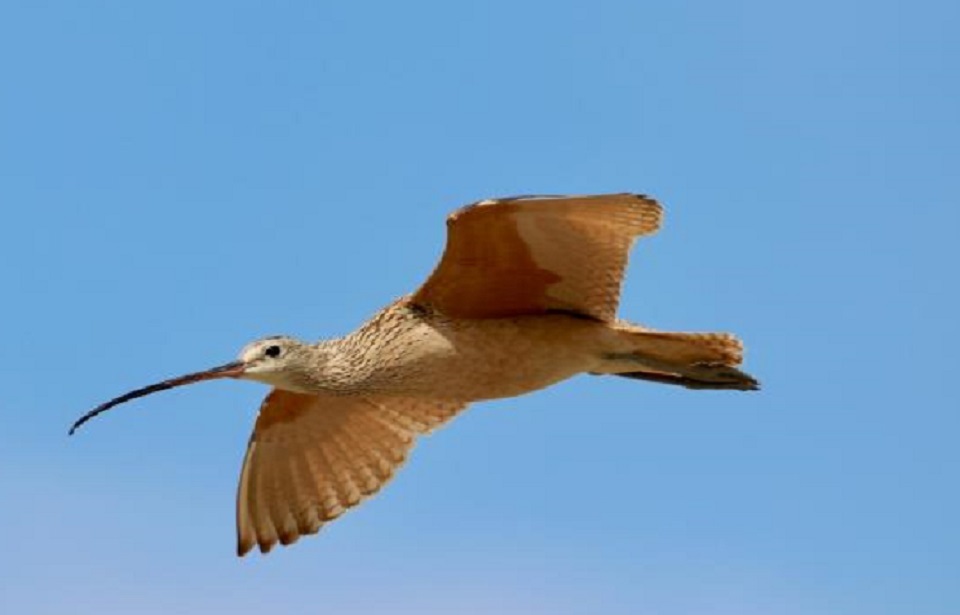

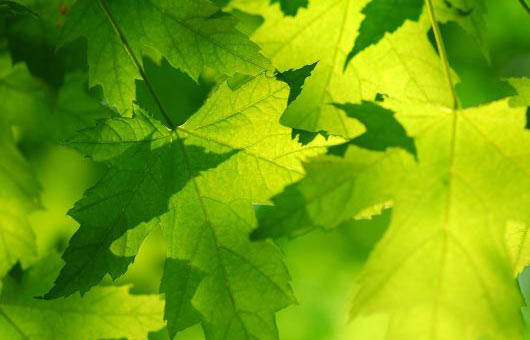
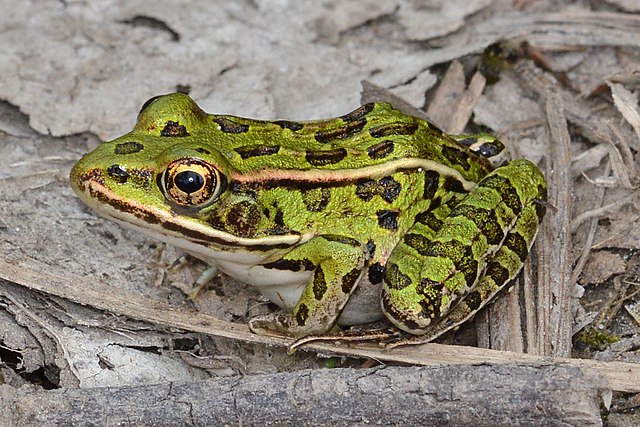
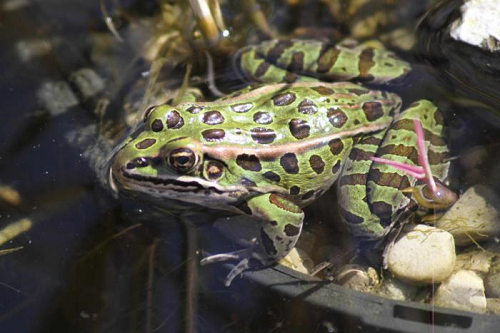
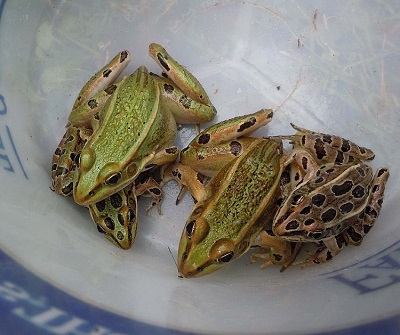
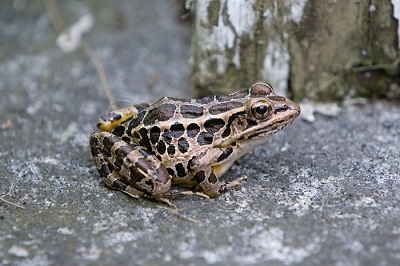

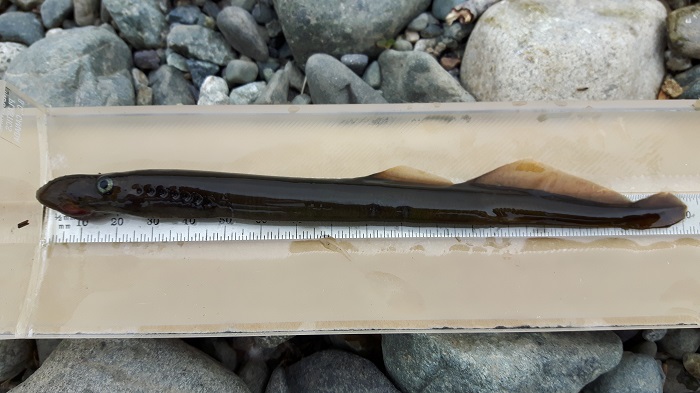
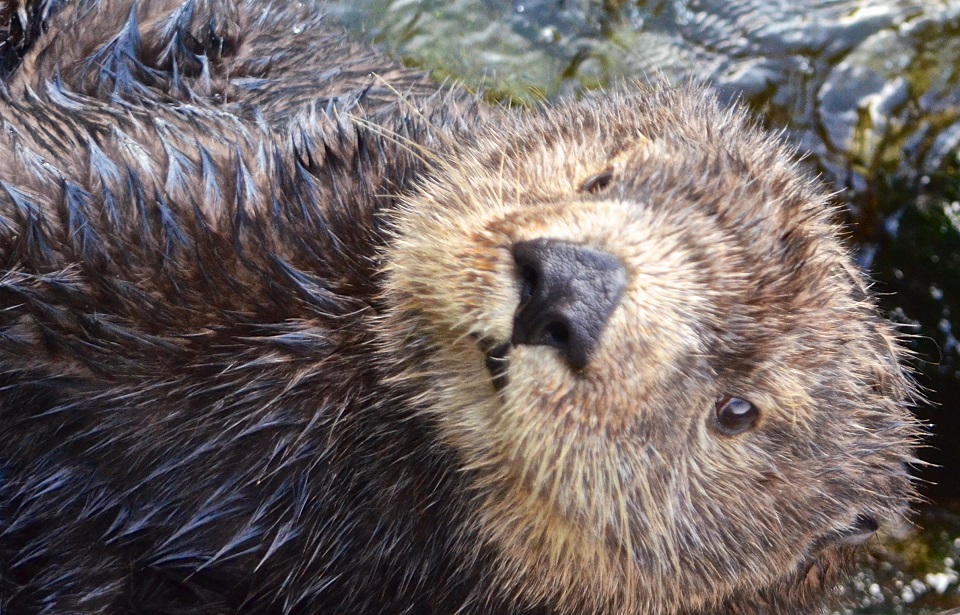
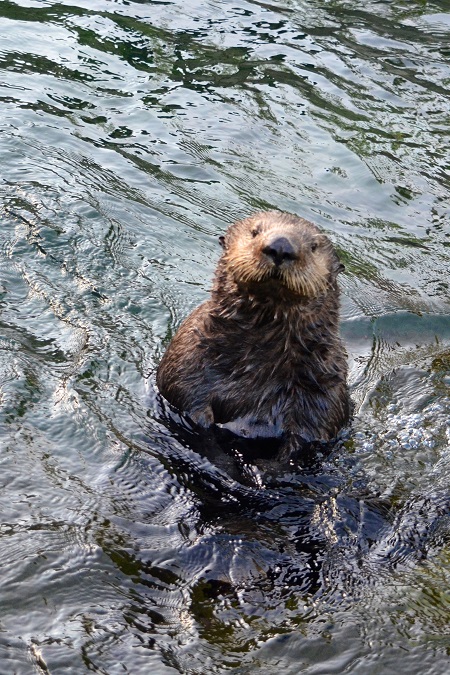



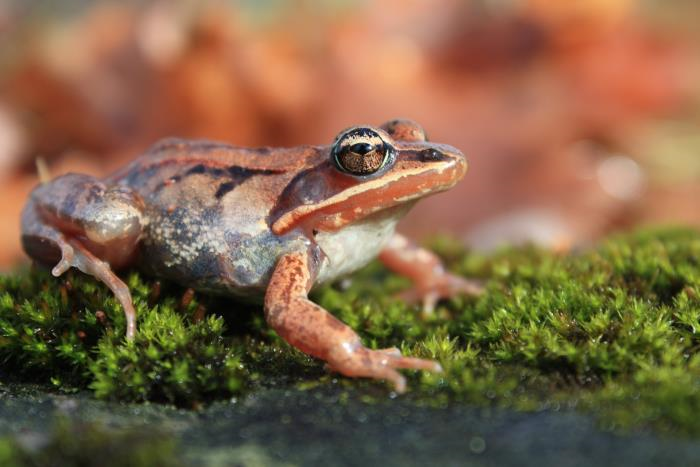

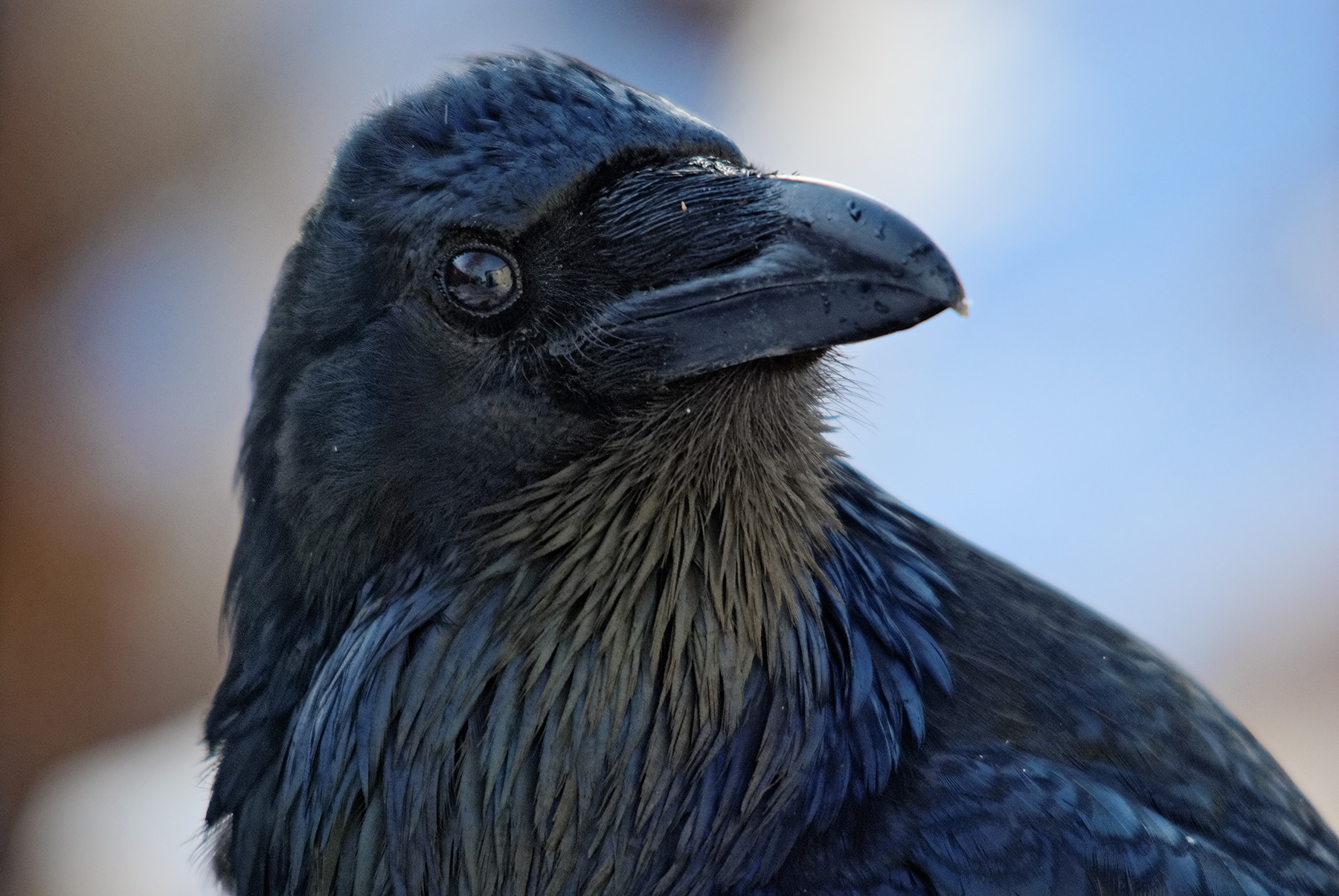
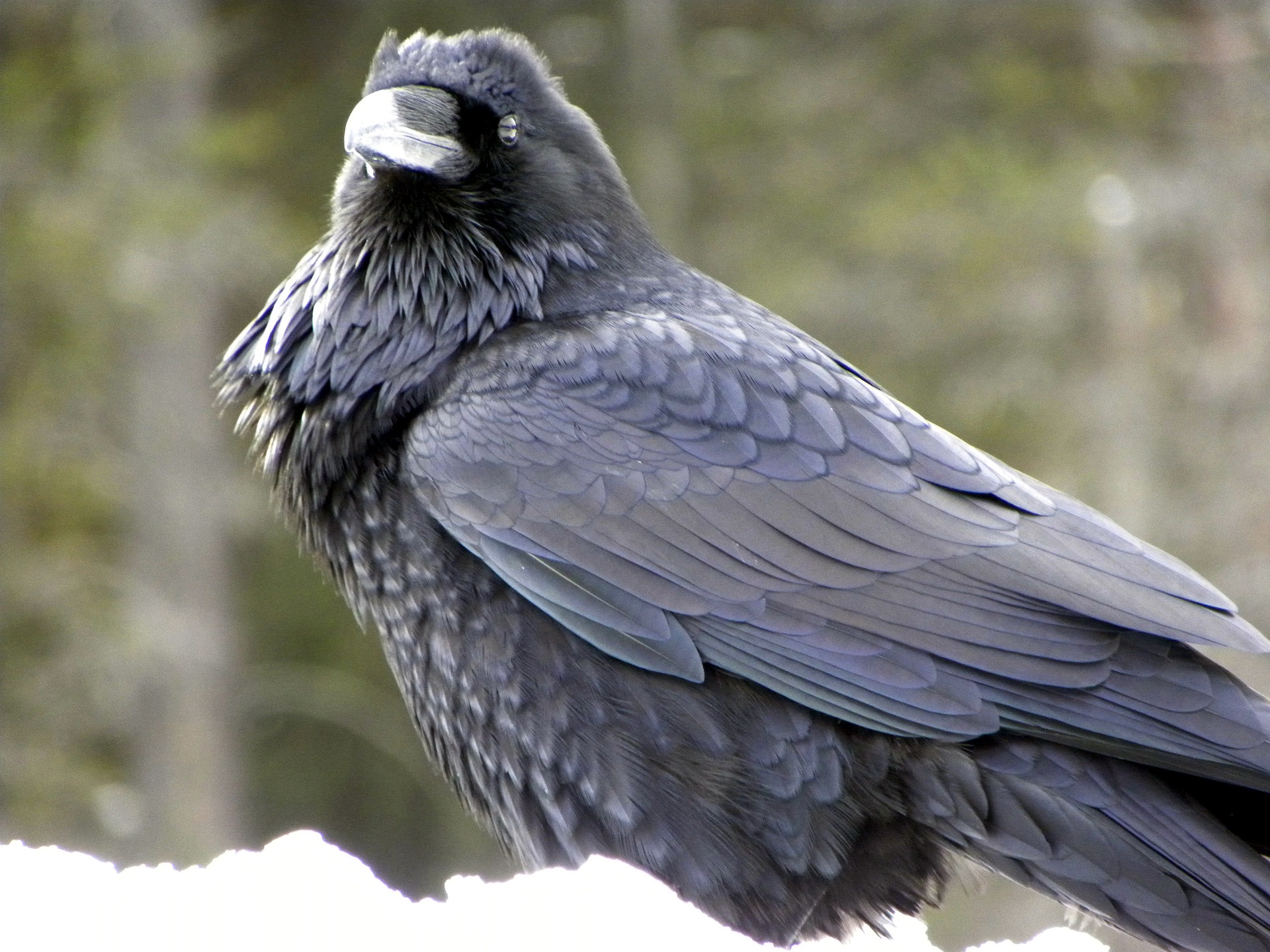
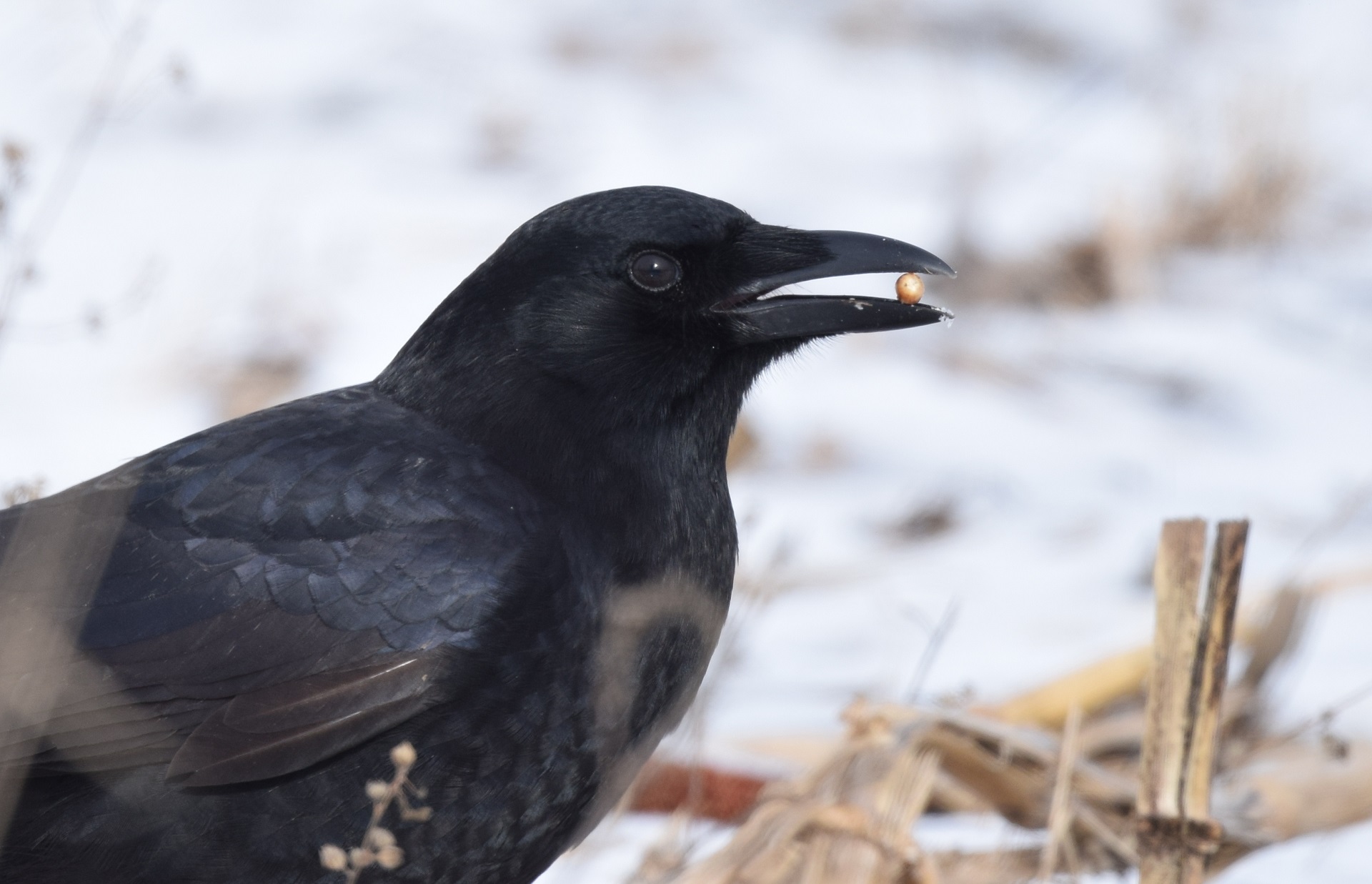
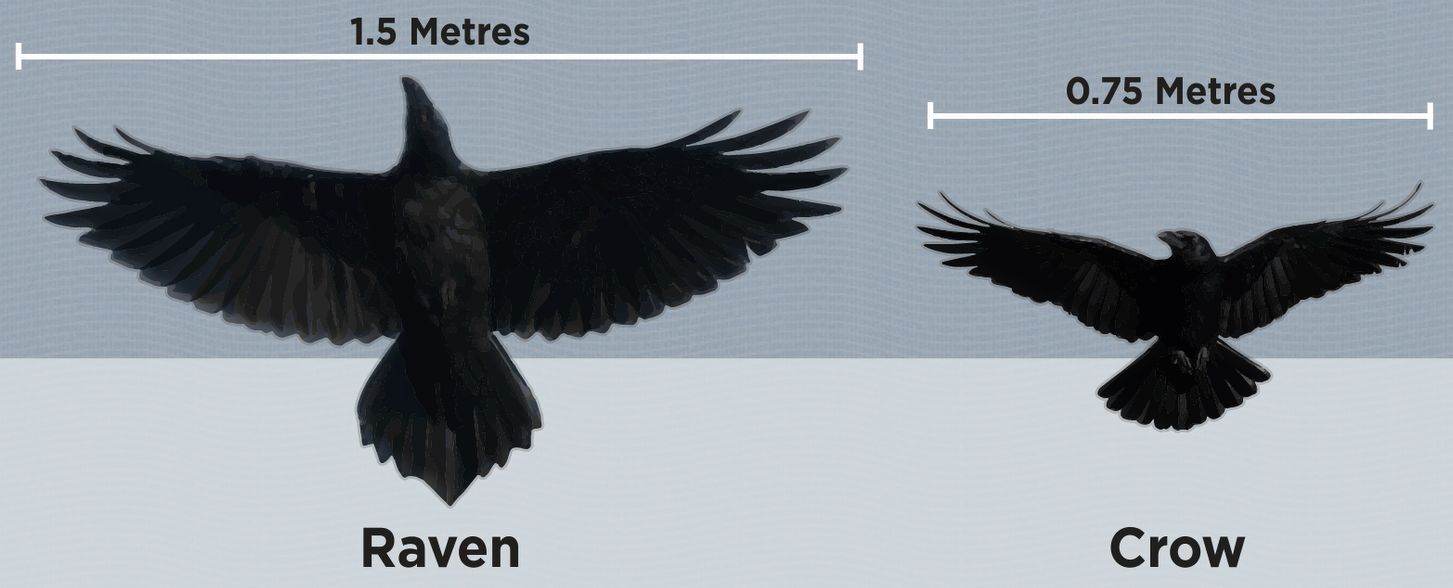

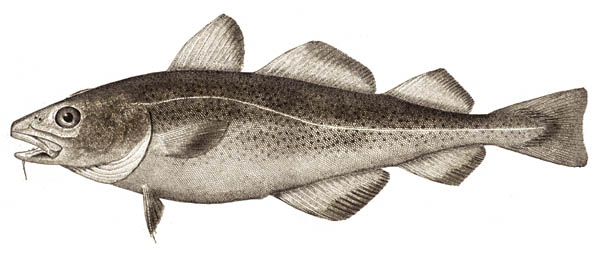 The Atlantic Cod (Gadus morhua) is a medium to large saltwater fish: generally averaging two to three kilograms in weight and about 65 to 100 centimetres in length, the largest cod on record weighed about 100 kg and was more than 180 cm long! Individuals living closer to shore tend to be smaller than their offshore relatives, but male and female cod are not different in size, wherever they live.
The Atlantic Cod (Gadus morhua) is a medium to large saltwater fish: generally averaging two to three kilograms in weight and about 65 to 100 centimetres in length, the largest cod on record weighed about 100 kg and was more than 180 cm long! Individuals living closer to shore tend to be smaller than their offshore relatives, but male and female cod are not different in size, wherever they live.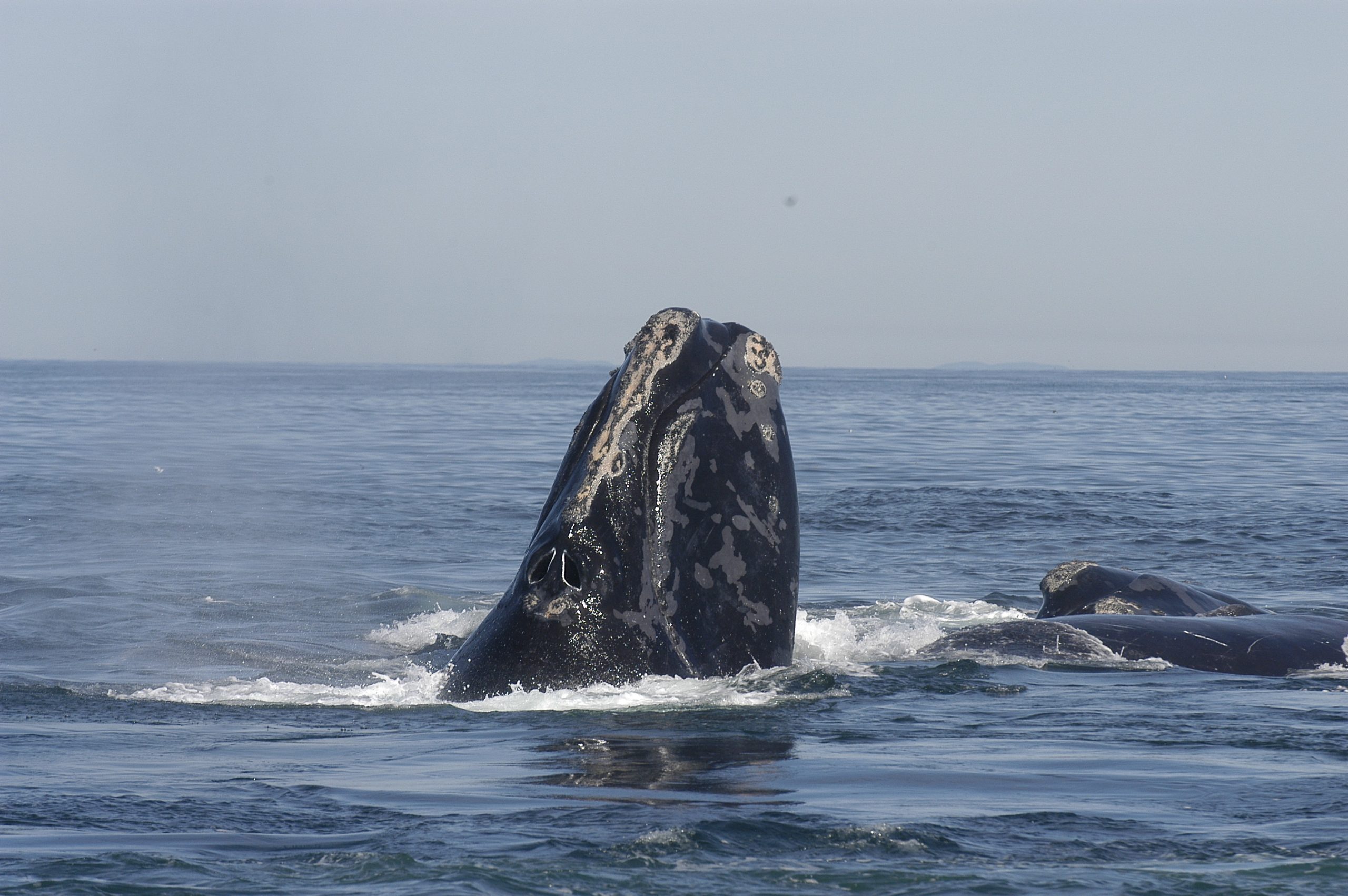
 The North Atlantic Right Whale (Eubalæna glacialis) is one of the rarest of the large whales. It can weigh up to 63,500 kilograms and measure up to 16 metres. That’s the length of a transport truck and twice the weight! Females tend to be a bit larger than males – measuring, on average, one metre longer. Considering its weight, it’s fairly short, giving it a stocky, rotund appearance. Its head makes up about a fourth of its body length, and its mouth is characterized by its arched, or highly curved, jaw. The Right Whale’s head is partially covered in what is called callosities (black or grey raised patches of roughened skin) on its upper and lower jaws, and around its eyes and blowhole. These callosities can appear white or cream as small cyamid crustaceans, called “whale lice”, attach themselves to them. Its skin is otherwise smooth and black, but some individuals have white patches on their bellies and chin. Under the whale’s skin, a blubber layer of sometimes more than 30 centimetres thick helps it to stay warm in the cold water and store energy. It has large, triangular flippers, or pectoral fins. Its tail, also called flukes or caudal fins, is broad (six m wide from tip to tip!), smooth and black. That’s almost the same size as the Blue Whale’s tail, even though Right Whales are just over half their size. Unlike most other large whales, it has no dorsal fin.
The North Atlantic Right Whale (Eubalæna glacialis) is one of the rarest of the large whales. It can weigh up to 63,500 kilograms and measure up to 16 metres. That’s the length of a transport truck and twice the weight! Females tend to be a bit larger than males – measuring, on average, one metre longer. Considering its weight, it’s fairly short, giving it a stocky, rotund appearance. Its head makes up about a fourth of its body length, and its mouth is characterized by its arched, or highly curved, jaw. The Right Whale’s head is partially covered in what is called callosities (black or grey raised patches of roughened skin) on its upper and lower jaws, and around its eyes and blowhole. These callosities can appear white or cream as small cyamid crustaceans, called “whale lice”, attach themselves to them. Its skin is otherwise smooth and black, but some individuals have white patches on their bellies and chin. Under the whale’s skin, a blubber layer of sometimes more than 30 centimetres thick helps it to stay warm in the cold water and store energy. It has large, triangular flippers, or pectoral fins. Its tail, also called flukes or caudal fins, is broad (six m wide from tip to tip!), smooth and black. That’s almost the same size as the Blue Whale’s tail, even though Right Whales are just over half their size. Unlike most other large whales, it has no dorsal fin.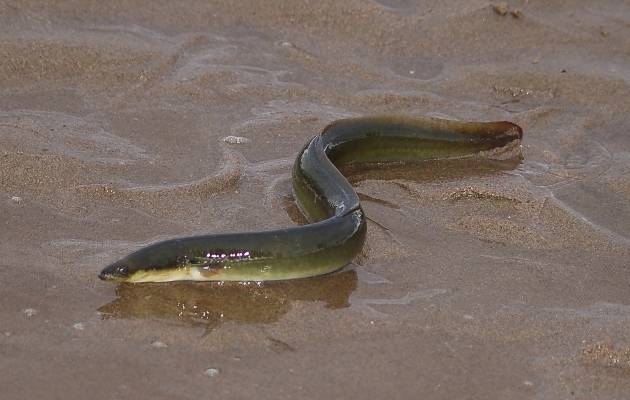
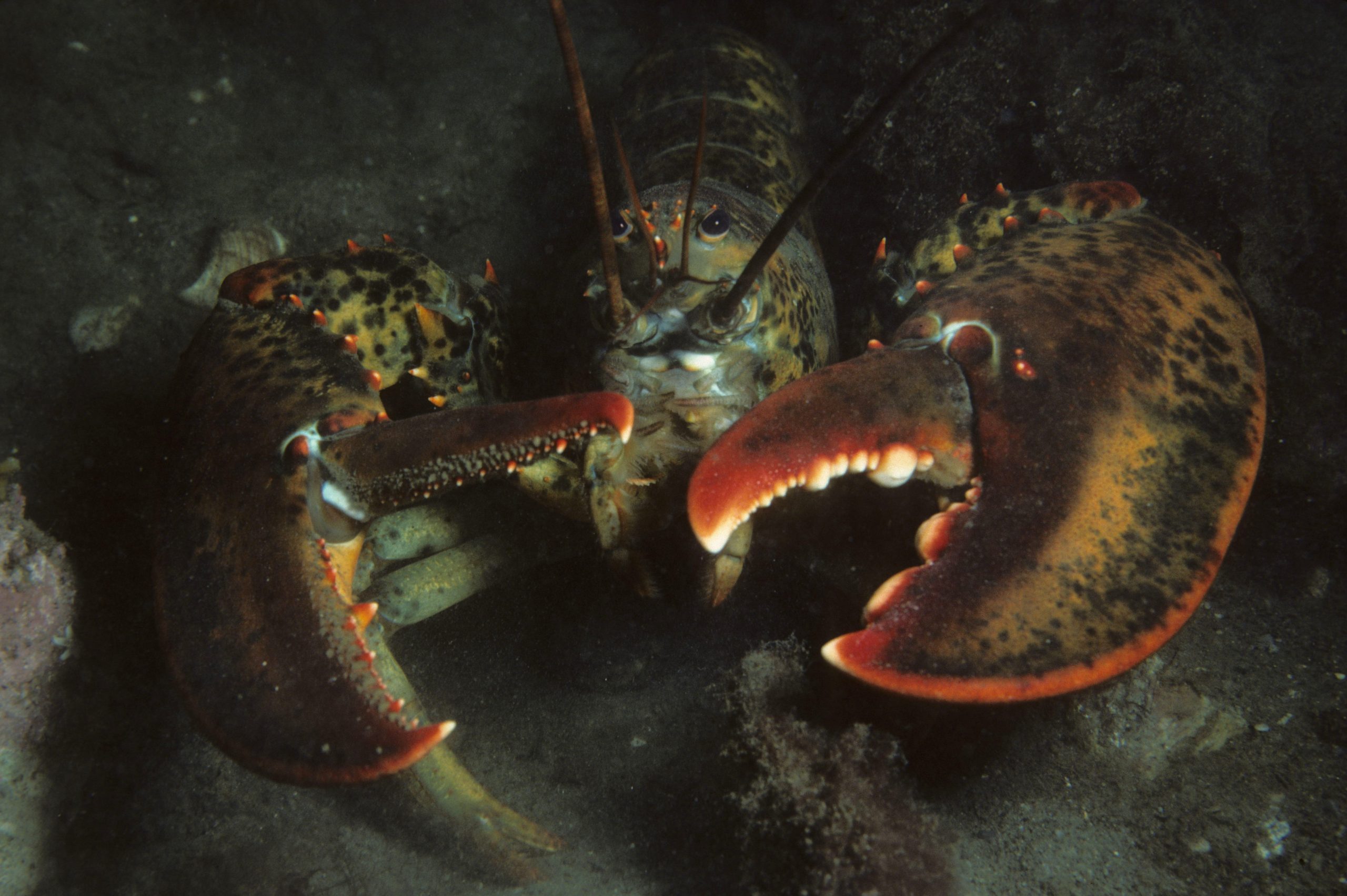
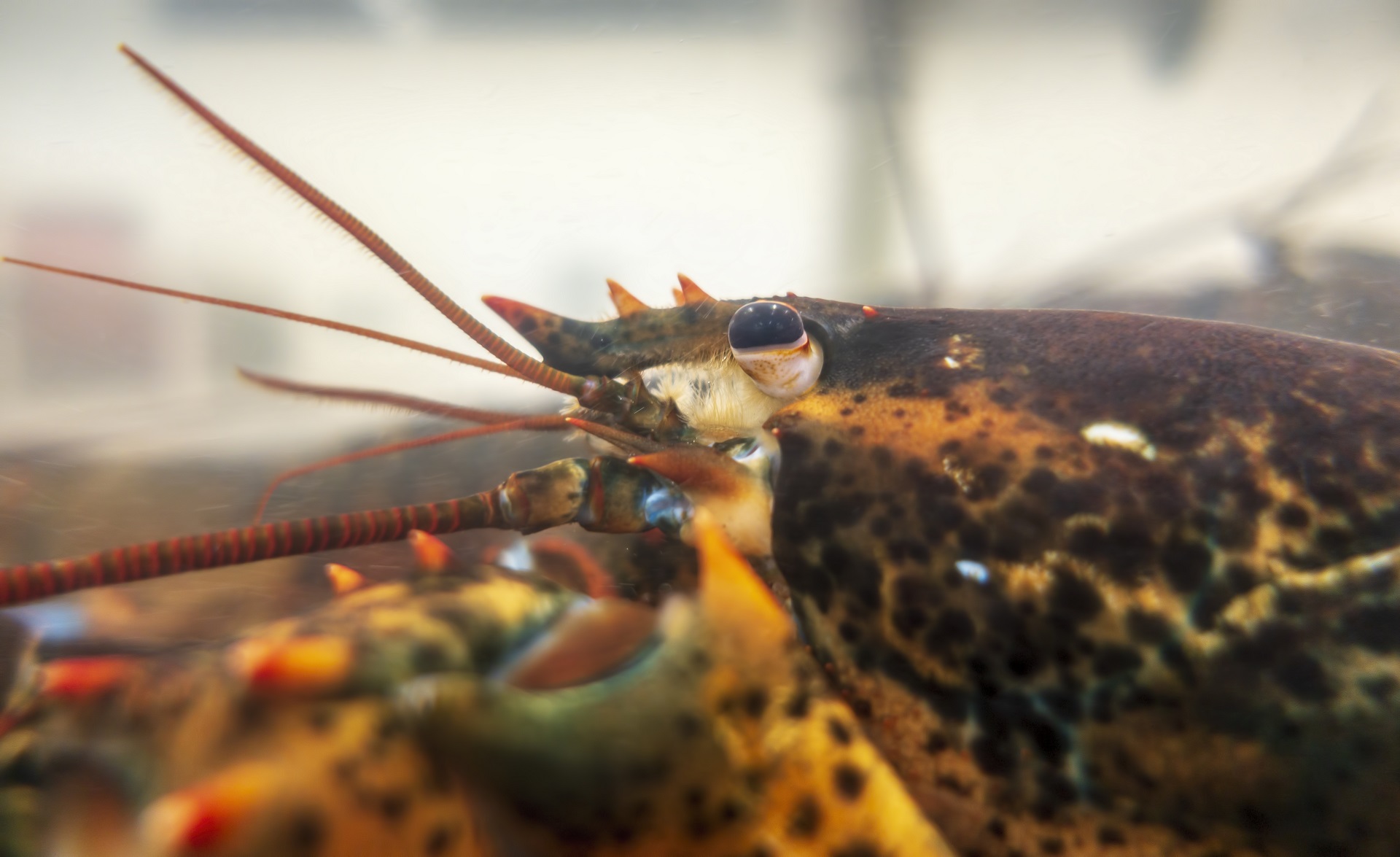
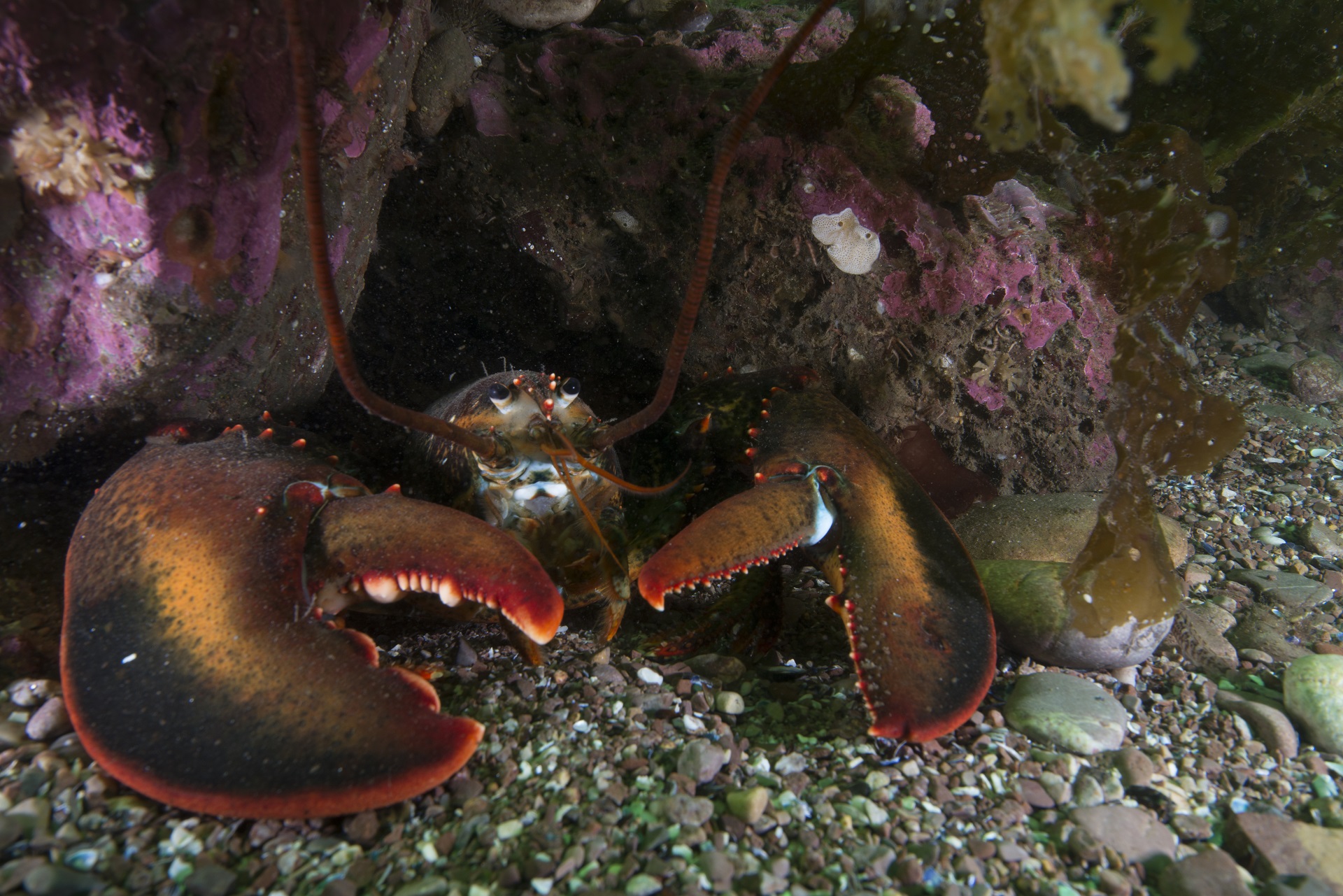
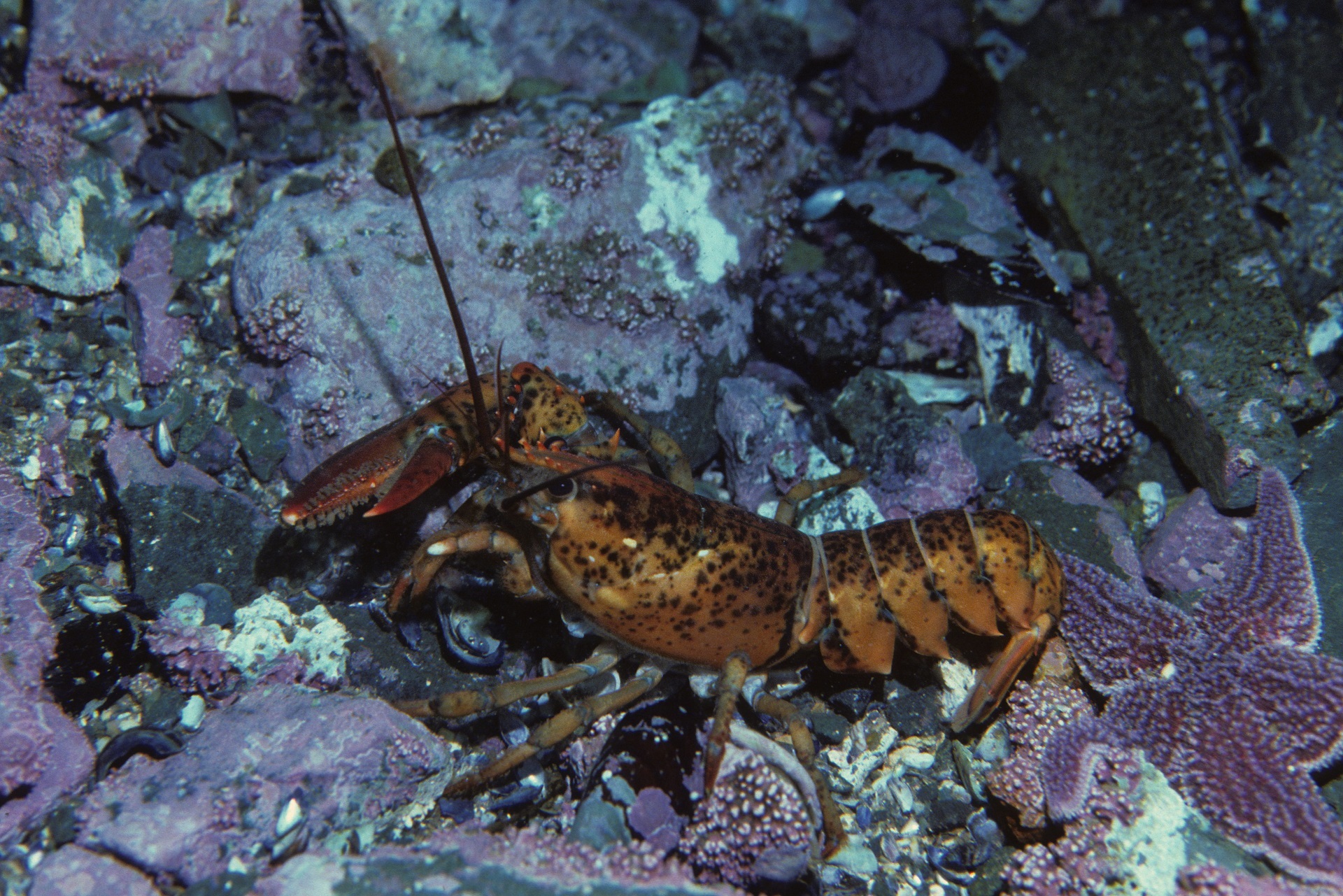
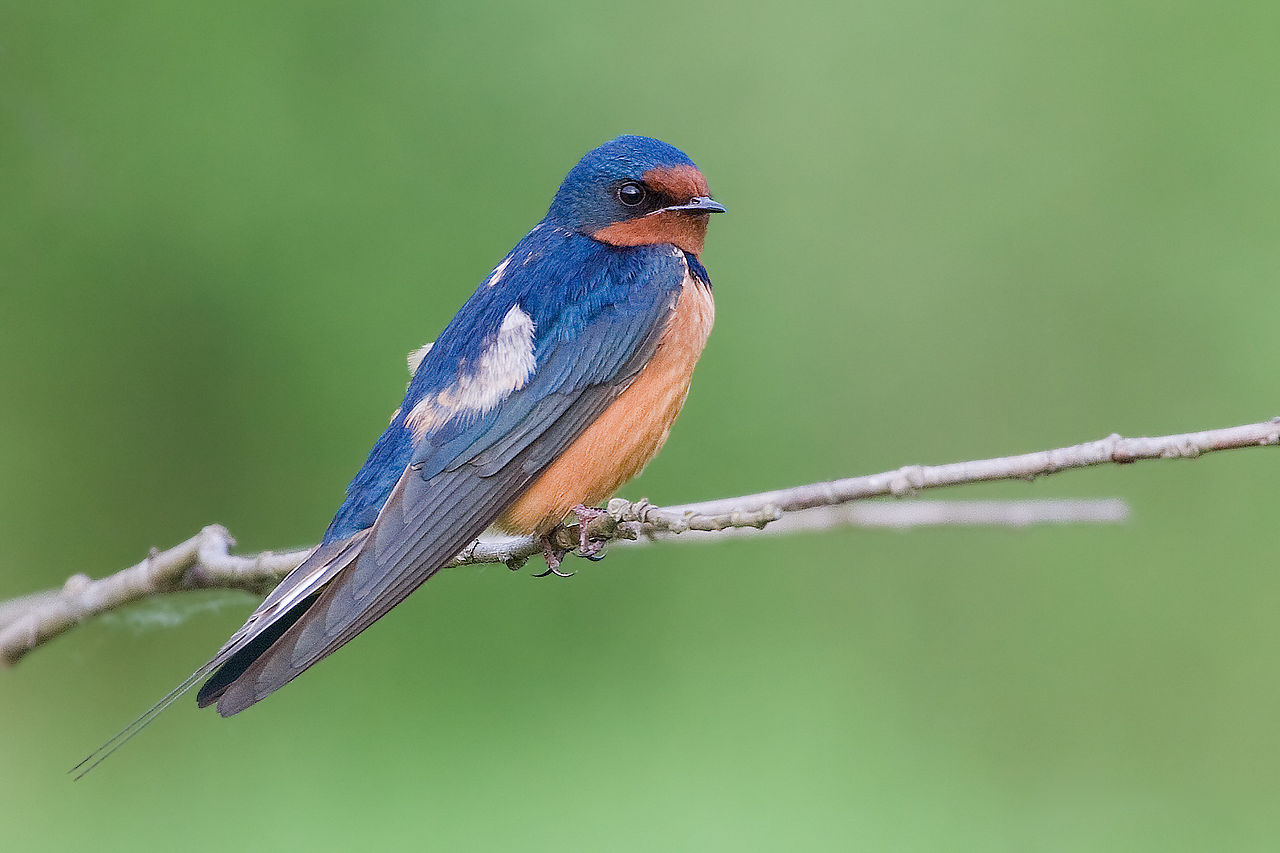

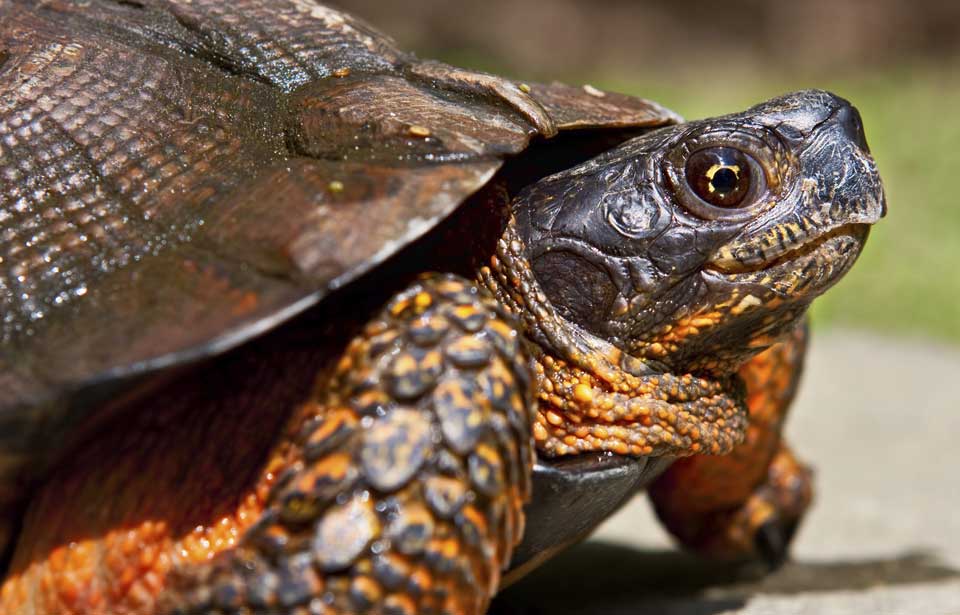
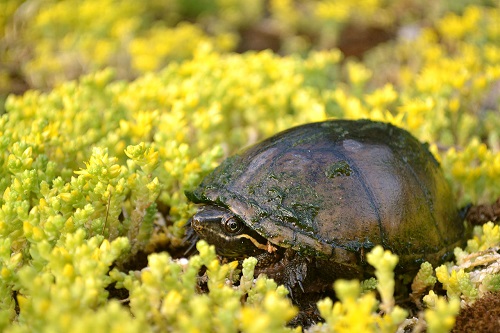
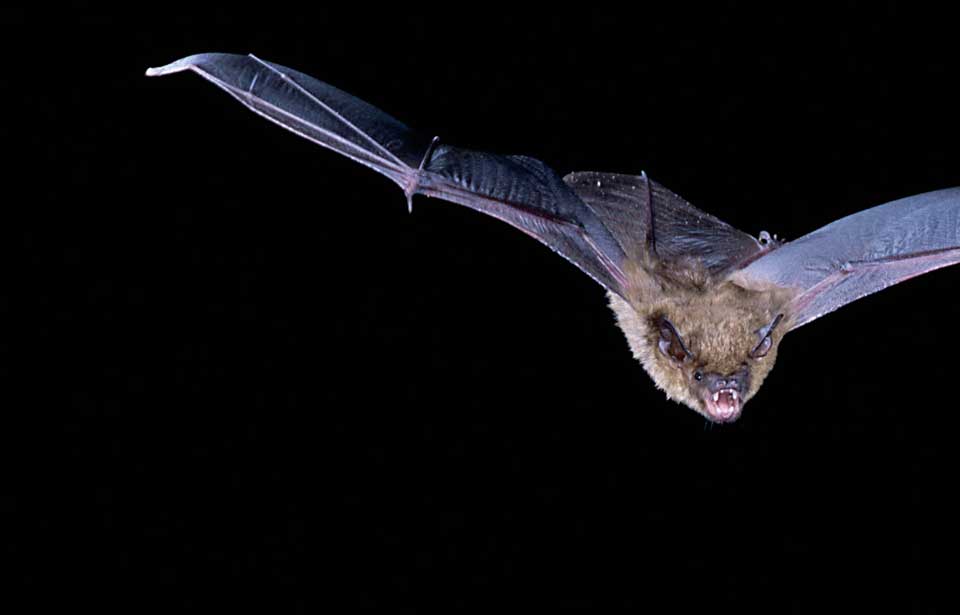
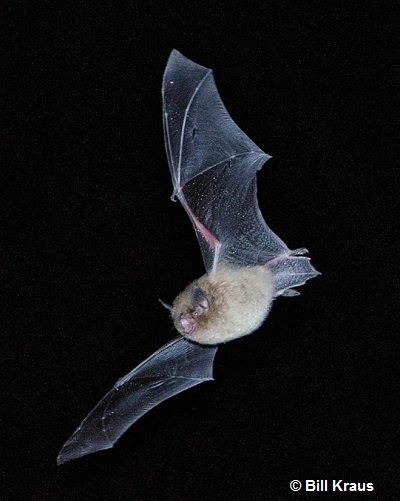

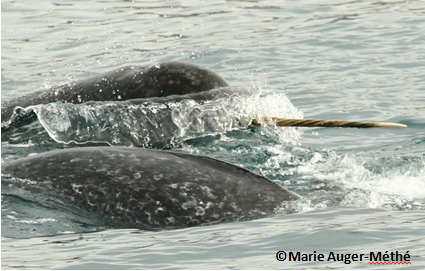
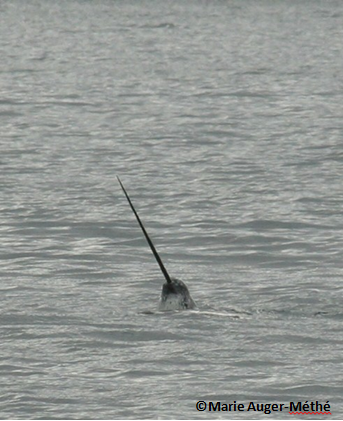
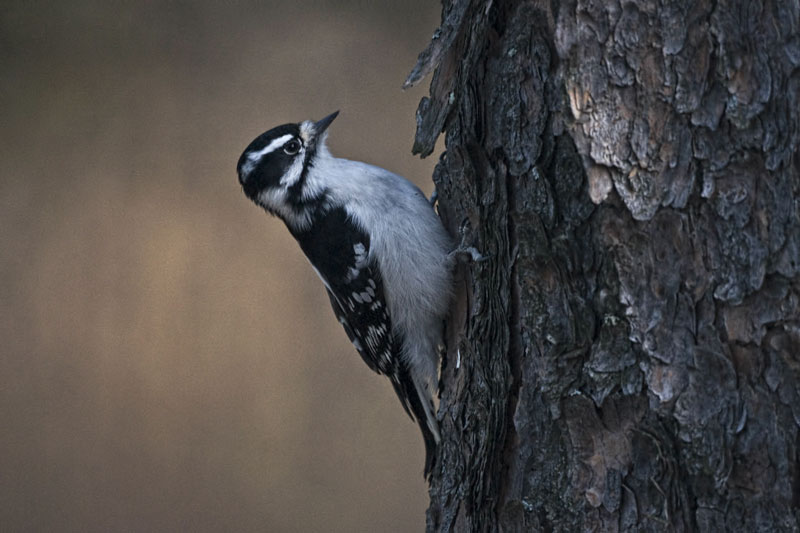


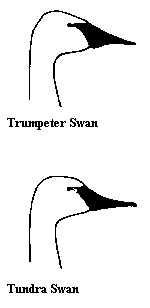 Adult Trumpeter Swans Cygnus buccinator are large birds with white feathers and black legs and feet. The feathers of the head and the upper part of the neck often become stained orange as a result of feeding in areas rich in iron salts. The lack of colour anywhere on the swans’ bodies distinguishes them from other white species of waterfowl, such as snow geese, which have black wing tips.
Adult Trumpeter Swans Cygnus buccinator are large birds with white feathers and black legs and feet. The feathers of the head and the upper part of the neck often become stained orange as a result of feeding in areas rich in iron salts. The lack of colour anywhere on the swans’ bodies distinguishes them from other white species of waterfowl, such as snow geese, which have black wing tips.